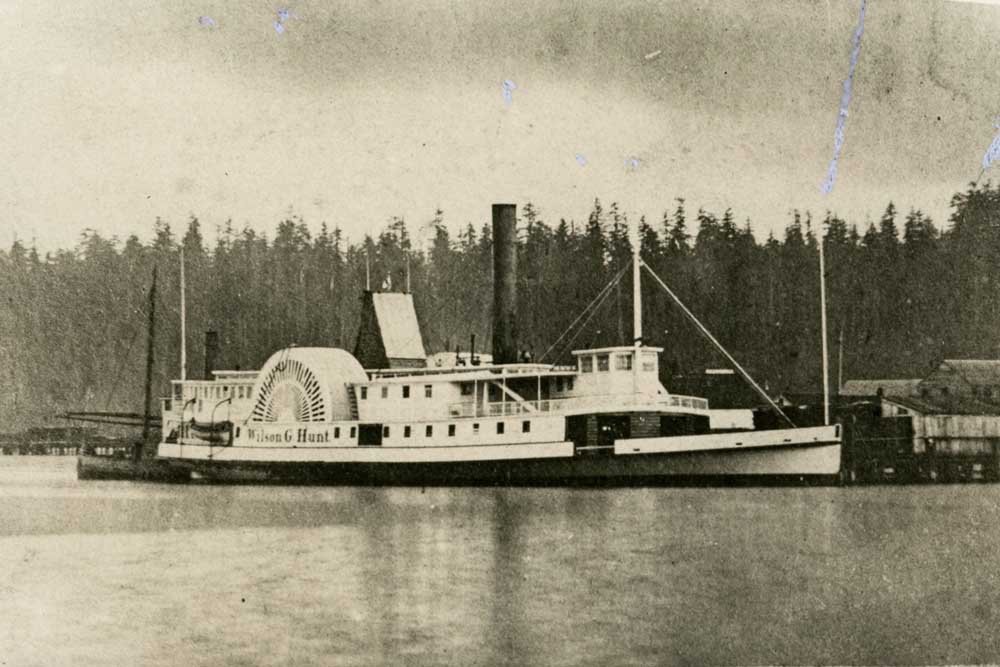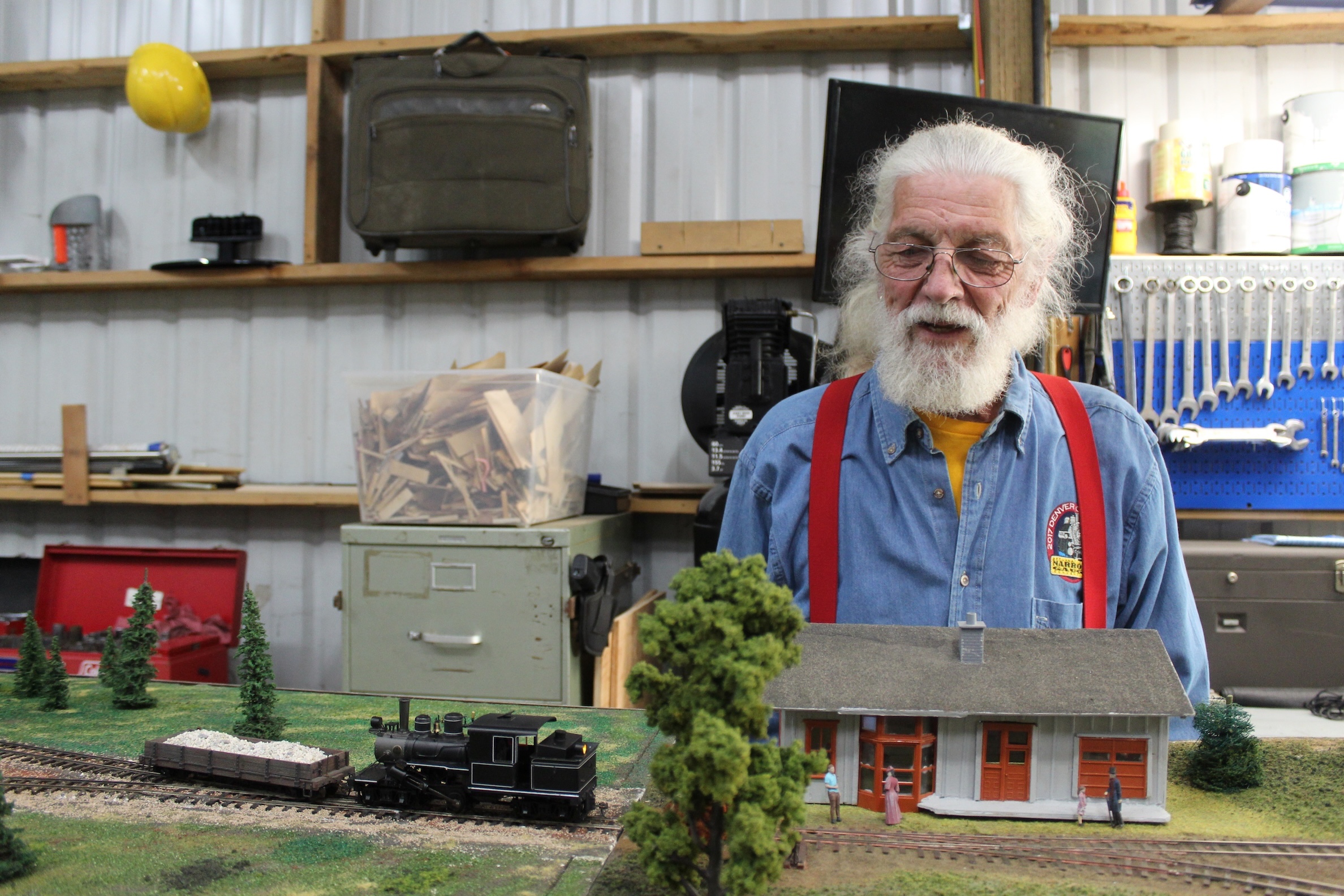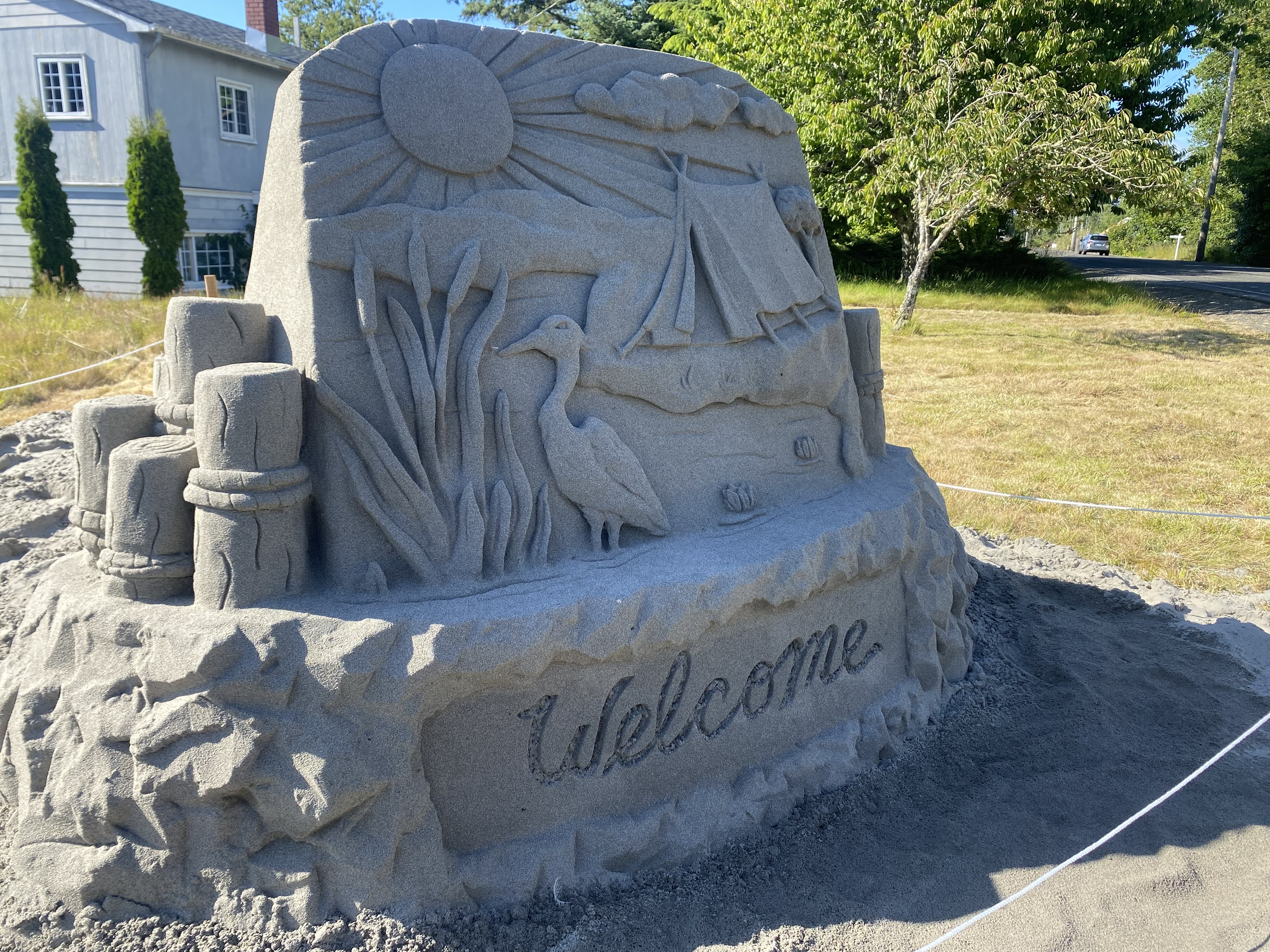Book looks at Columbia River steamship trade
Published 9:00 am Tuesday, October 24, 2023

- The Oregon Steam Navigation Co. purchased the Wilson G. Hunt from Puget Sound operators. A new book highlights a struggle for ownership of the ships and portage operations in the Columbia River Gorge.
Some 2,700 miles away, Americans were battling bayonet to bayonet in the Civil War.
Trending
In Oregon, there was a battle of another kind going on: financial warfare to win the potentially lucrative honor of running commercial steamships on the Columbia River.
Author Mychal Ostler highlights this struggle in “Battle for the Columbia River,” a new history subtitled “The Rise of the Oregon Steam Navigation Company.”
In more than one reference, the author highlights how bloodshed on Civil War battlefields was taking place while Northwest business rivals worked to enhance their shareholders’ values.
Trending
“To think that in Oregon they were fighting over how many thousands of dollars they were going to put in their pockets — what a giant contrast in priorities at that time,” Ostler said.
Oregon became the 33rd state in 1859, around the time the steamship company began to play a key role in ferrying inland wheat and other cargoes west to Portland.
The Oregon Steam Navigation Co. was a creation that attracted capitalist pioneers whose prominence in Northwest trade circles was lauded by many publications at the time.
They celebrated the enriching of Portland and Lewiston, Idaho, in part from burgeoning trade plus an 1862 gold rush that exploited inland Nez Perce tribal lands.
But once details of behind-the-scenes shenanigans involving captains, merchants, bankers and gamblers emerged, support diminished. “The Walla Walla Bulletin berated the company’s executives as ‘the most soulless and little hearted set of monopolists that ever cursed a country,’” Ostler writes.
FascinationThe first time author’s fascination for the topic evolved from his childhood, growing up in Skamania County on the Washington state side of the Columbia River Gorge, watching cargo vessels and barges plying their trade on the river.
He even worked on the replica Columbia Gorge sternwheeler, learning the ropes from its captain, Tom Cramblett, who provides an affectionate foreword.
Cramblett introduced Ostler to the stories about John C. Ainsworth, the central figure in the Oregon Steam Navigation Co., admiring his zeal though critical of his tactics.
Ostler studied at Central Washington University and embarked on a career as a marriage and family therapist, but never lost that fascination, writing articles about the steamship industry’s history for Sea History and Columbia magazines.
For Ostler, who lives in North Carolina, it was the classic case of searching for a book about his topic, learning none existed and sitting down to write one. He researched university collections in Portland and Eugene, diving deep into personal records, letters and business transactions.
His only disappointment was a restricted length: publishers set a 40,000-word limit. “I would have liked to have gone into more detail about the relationships between the characters — there was a lot more than happened between them,” he said.
OverlandThe book highlights Ainsworth’s background as an investor, who started with $9 in his pocket but made millions in the unregulated frontier economy, forming alliances to secure and protect a monopoly. Along the way, he encounters early collaborator Robert Thompson and other characters like Swedish immigrant Jacob Kamm.
Although the era’s records chronicled smallpox, blizzards and attacks, these investors’ biggest obstacle was the river itself: the impassable Cascades Rapids west of The Dalles meant a 40-foot drop along an impassable 2-mile stretch.
This meant that vessels’ cargoes had to be unloaded and carried overland considerable distances, then reloaded onto other ships to continue their journey. Cascade Locks and Canal would not be constructed until 1896 and Bonneville Dam, which submerged the rapids, in 1937.
Ostler describes how entrepreneurs debated the practicalities and relative costs of building tramways and railroads on either bank of the Columbia River, then formed backroom alliances to make them happen.
He hopes his research and access by other historians to records, including those mentioned in his appendix, will spur further spotlights on the era. “For the alert and imaginative interpreter, these documents are a portal into the world of the Northwest’s first capitalistic enterprise,” he said.
Next for the author is an examination of 10 of Oregon’s pioneer millionaires, which Ostler said will encompass characters in The Dalles and include Astoria’s Capt. George Flavel.
A book by Mychal Ostler
The History Press — 160 pp — $23.99
Available online and at local bookstores









